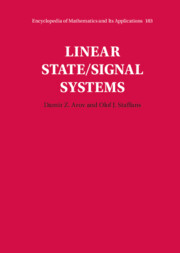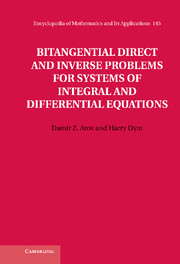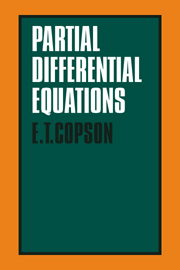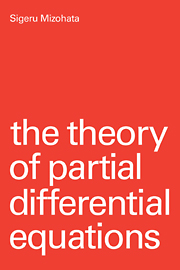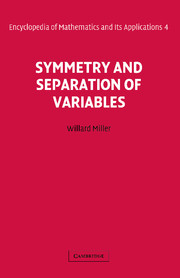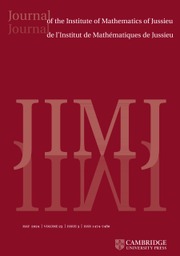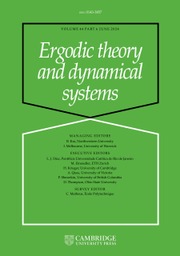Linear State/Signal Systems
The authors explain in this work a new approach to observing and controlling linear systems whose inputs and outputs are not fixed in advance. They cover a class of linear time-invariant state/signal system that is general enough to include most of the standard classes of linear time-invariant dynamical systems, but simple enough that it is easy to understand the fundamental principles. They begin by explaining the basic theory of finite-dimensional and bounded systems in a way suitable for graduate courses in systems theory and control. They then proceed to the more advanced infinite-dimensional setting, opening up new ways for researchers to study distributed parameter systems, including linear port-Hamiltonian systems and boundary triplets. They include the general non-passive part of the theory in continuous and discrete time, and provide a short introduction to the passive situation. Numerous examples from circuit theory are used to illustrate the theory.
- Written by leading experts in the field, incorporating years of research
- Includes over 60 worked examples to illustrate the theory
- Contains a number of new results for linear time-invariant input/state/output systems
Product details
May 2022Adobe eBook Reader
9781009021739
0 pages
This ISBN is for an eBook version which is distributed on our behalf by a third party.
Table of Contents
- 1. Introduction and overview
- 2. State/signal systems: trajectories, transformations, and interconnections
- 3. State/signal systems: dynamic and frequency domain properties
- 4. Input/state/output representations
- 5. Input/state/output systems: dynamic and frequency domain properties
- 6. Bounded input/state/output systems in continuous and discrete time
- 7. Bounded state/signal systems in continuous and discrete time
- 8. Semi-bounded input/state/output systems
- 9. Semi-bounded state/signal systems
- 10. Resolvable input/state/output and state/signal nodes
- 11. Frequency domain input/state/output systems
- 12. Frequency domain state/signal systems
- 13. Internally well-posed systems
- 14. Well-posed input/state/output systems
- 15. Well-posed state/signal systems
- Appendix
- Operators and analytic vector bundles in H-spaces
- References
- Index.

